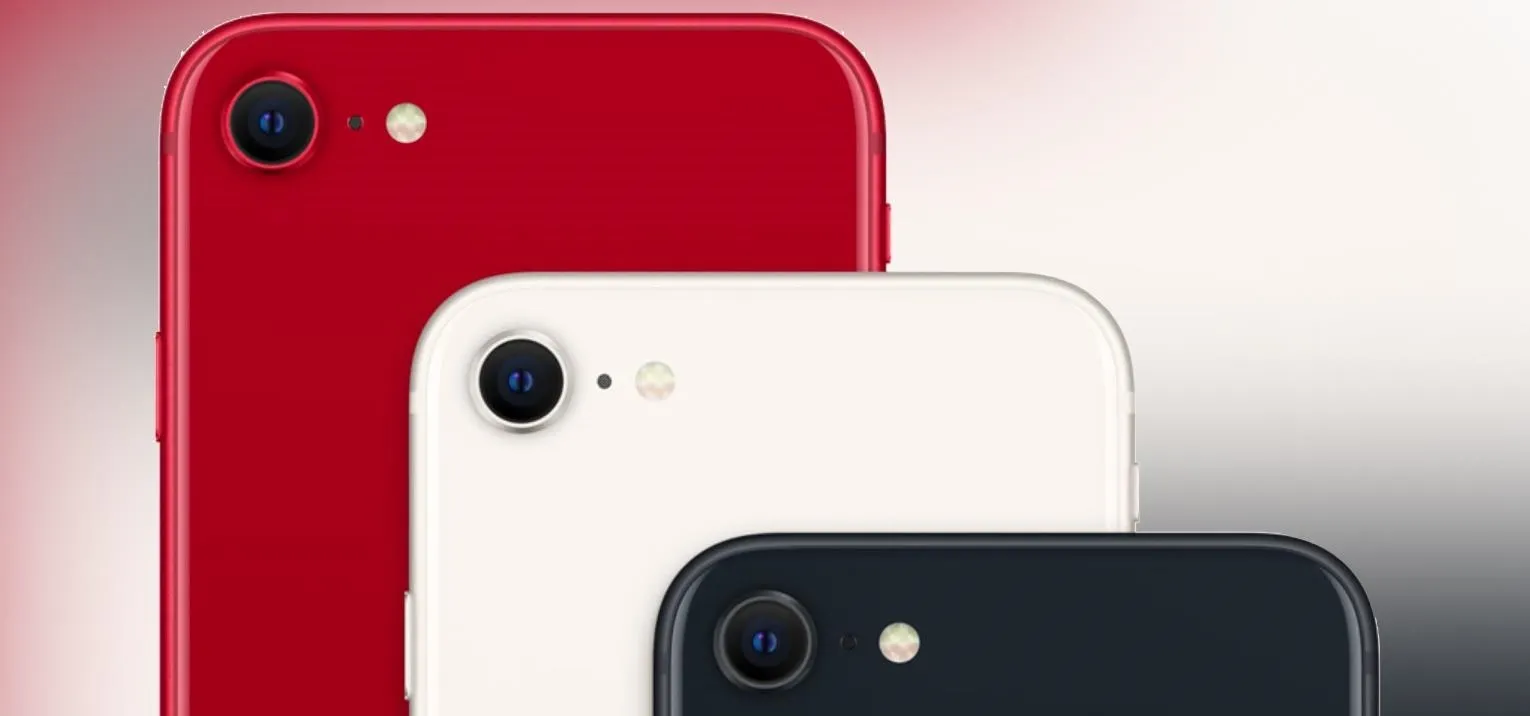While the third-generation iPhone SE is a decent upgrade from the second-generation model two years prior, there aren't many things about it that stand out from Apple's iPhone 13 lineup. Well, there is one thing worth singling out.
The new iPhone SE 3 is the first iPhone model to completely omit CDMA EV-DO Rev. A support since it was introduced on the iPhone 4. Until now, every iPhone release had at least one model in North America that could use the CDMA EV-DO Rev. A protocol. But what does that mean, and why does it matter?
CDMA, which stands for "Code-Division Multiple Access," is the radio communication system that powers the 3G cellular networks used mainly in the United States. The EV-DO part, "Evolution-Data Optimized," is the mobile broadband technology used by CDMA networks for wireless internet access.
In the U.S., Verizon Wireless and Sprint are the only cellular carriers that use CDMA EV-DO, and that will become "used" very soon. T-Mobile, which purchased Sprint, plans to completely retire its CDMA network on March 31, 2022. Verizon will then follow, committing to disabling 3G access on Dec. 31, 2022.

The supported networks on the iPhone SE model in the U.S.
With LTE, 4G, and 5G supported across the U.S., 3G is an obsolete technology. For nearly 10 years, 3G had been used mainly as a backup network if a faster LTE or 4G service wasn't available in a particular location. Now, Verizon and T-Mobile are focusing on maintaining their LTE and 4G networks while expanding 5G to more areas across the country.
While it's no shocker that Apple omitted CDMA support in the iPhone SE 2022, it's the final nail in the coffin for one of the most useless wireless networks in the U.S. today. I, for one, can't wait to never have to say "CDMA" ever again.
Cover image via Apple

























Comments
Be the first, drop a comment!